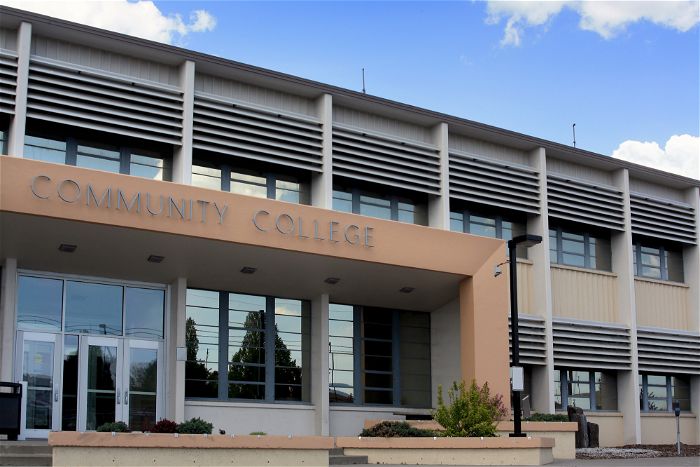This episode of JFF’s When Policy Meets Practice podcast tackles head-on the false dichotomy that holds that individuals must choose between college or career and instead offers solutions for helping all young people acquire high-value postsecondary credentials and job-related skills so they can advance in the economy. The discussion largely focuses on the untapped potential of career and technical education (CTE) to help youth achieve academic and career success, and on the role CTE can play in driving stronger partnerships among K-12 systems, colleges, and employers.
Host Paul Fain digs into the topic with four leading practitioners: Shannon Cox, superintendent of Montgomery County Educational Service Center; Michael Baston, president of Rockland Community College; Luke Rhine, director of CTE at the Delaware Department of Education; and Carli Schiffner, deputy executive director of the Washington State Board for Community and Technical Colleges. At the end of the episode, JFF’s Charlotte Cahill and Crystal Green join Paul to offer their insights.
Kicking off the conversation, Shannon discusses the need to deconstruct the idea that people have to choose between attending college and pursuing a career. There shouldn’t be a question of either work or college, she says. Instead, the focus should be on what students are going to college for and how system leaders can help them achieve their goals. Early opportunities to explore careers are critical because they help students learn about employment options that match their aptitudes and interests. However, such programs require strong employer engagement to ensure that students get firsthand looks at in-demand occupations. And ideally, employers will see that taking the time to participate in these programs is a way of investing in their own future workforces, Shannon adds. Along the same lines, Michael notes that educators need to spend more time with students on identity development and putting purpose first. Moreover, he says, it’s very important to look for ways to bridge the gaps between K-12 and postsecondary systems to ensure that students can connect with CTE programs from high school and beyond.









